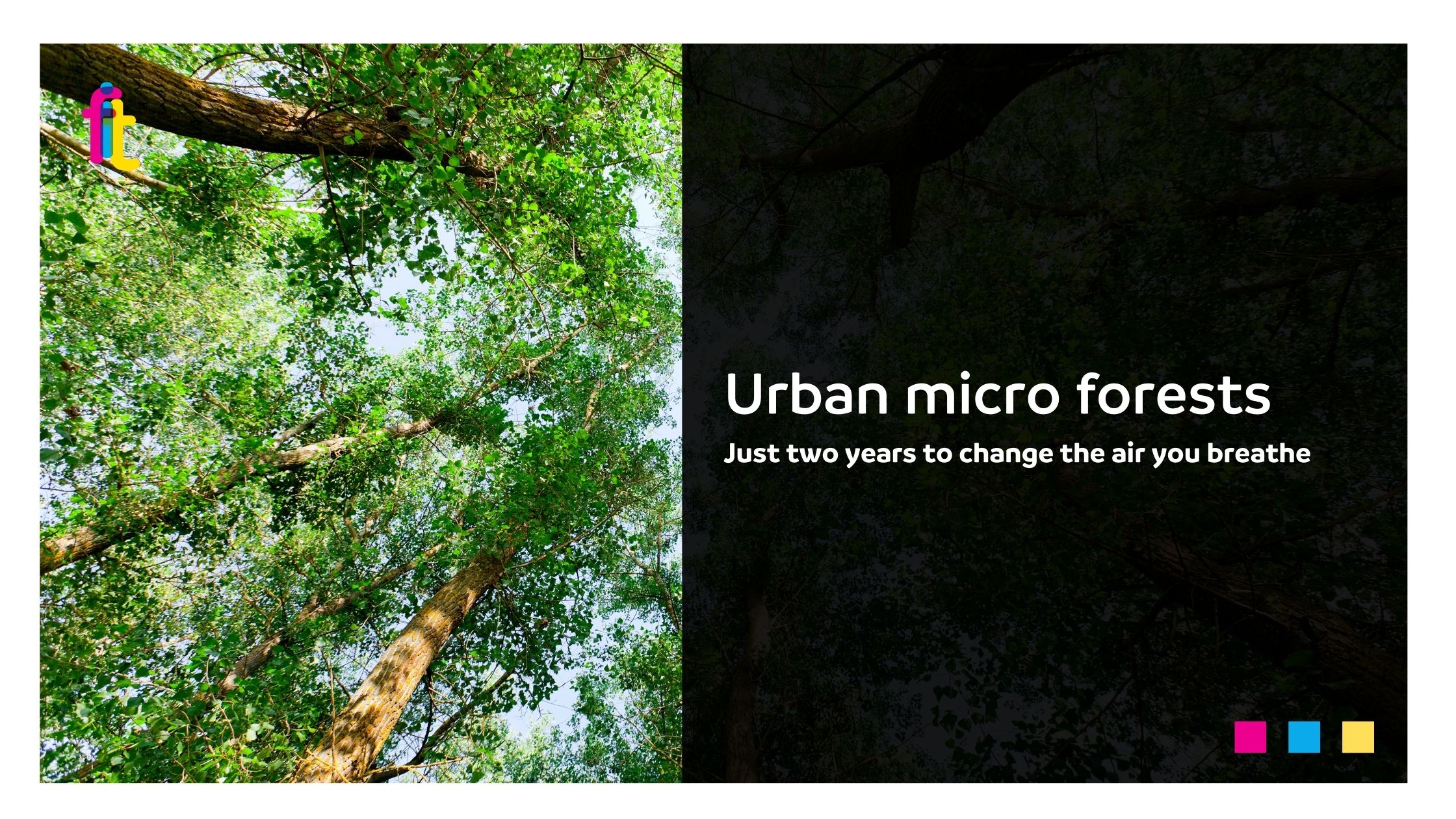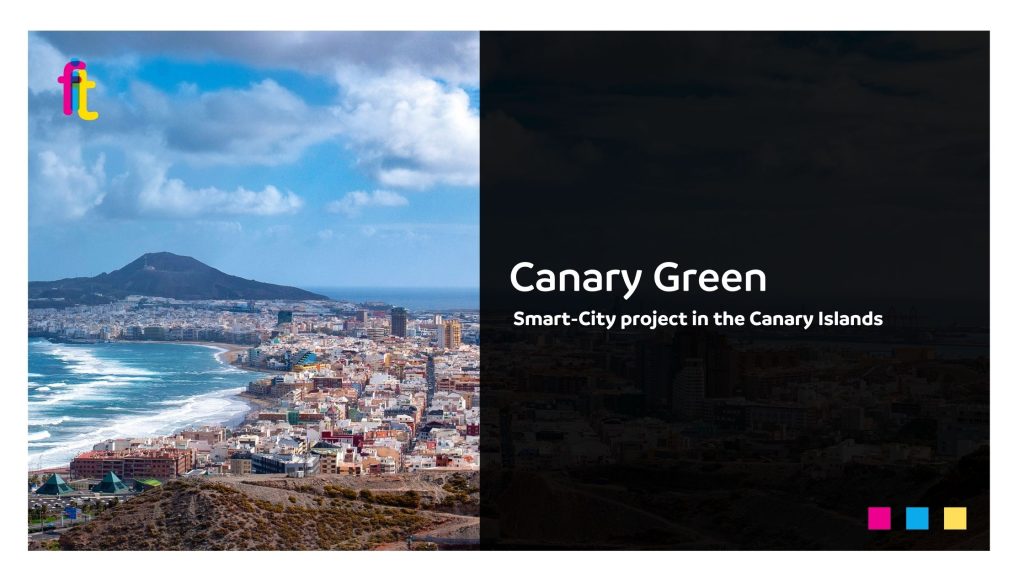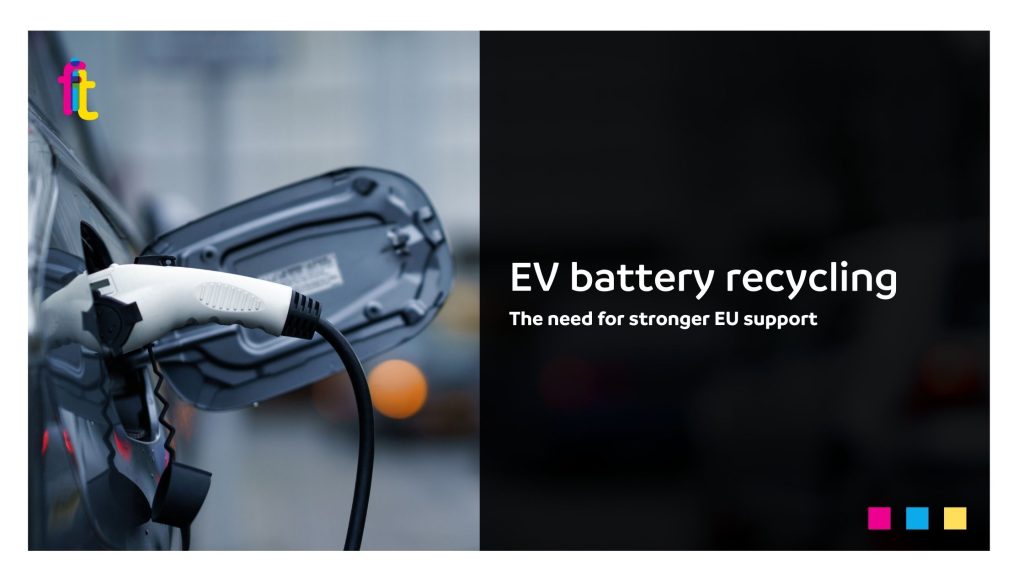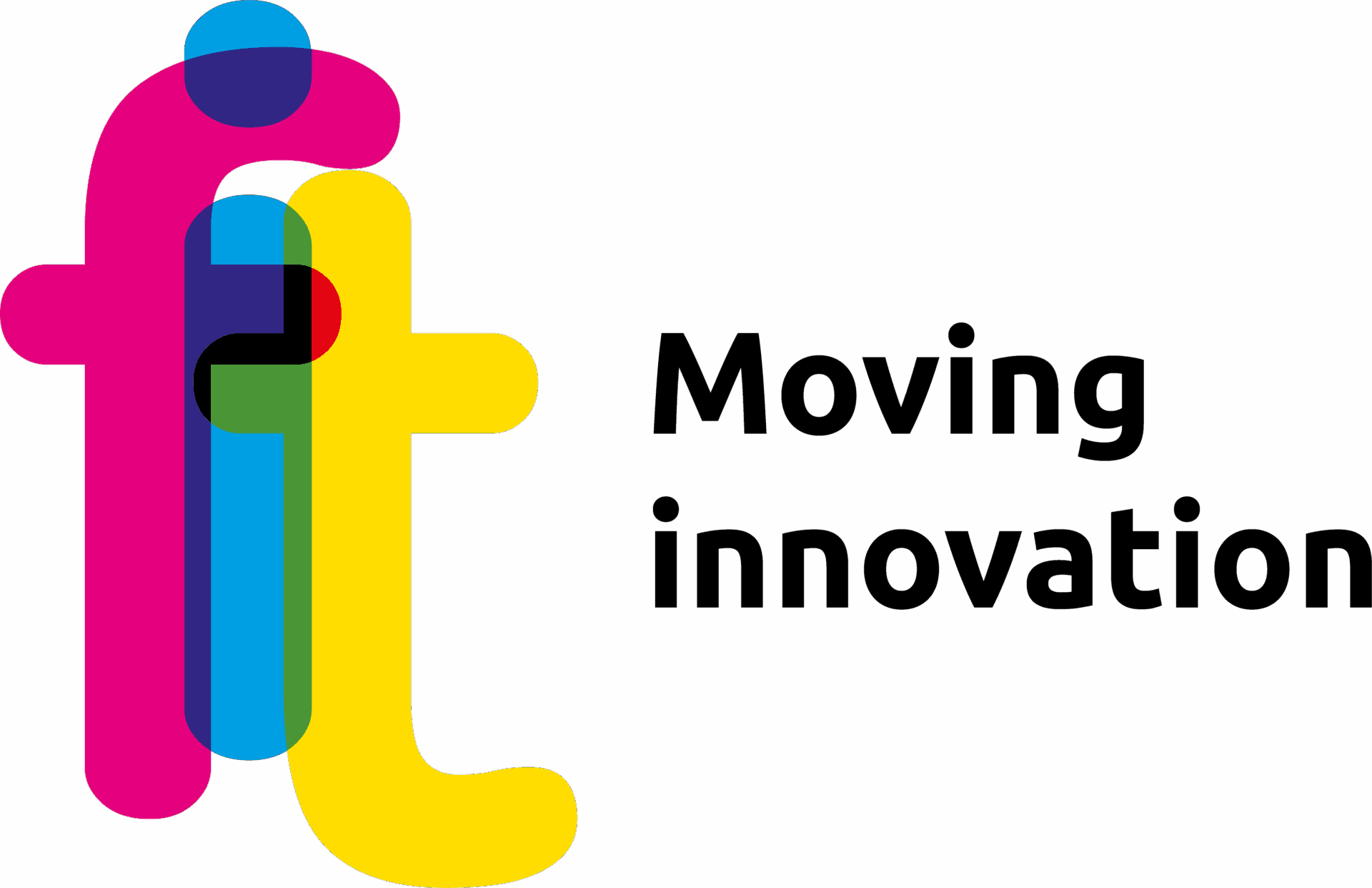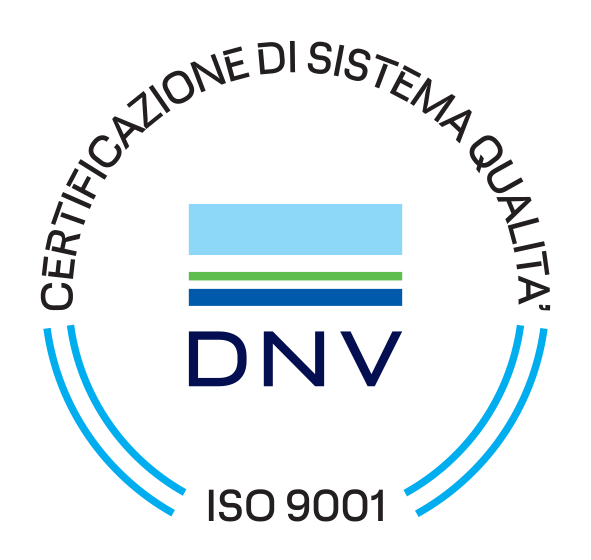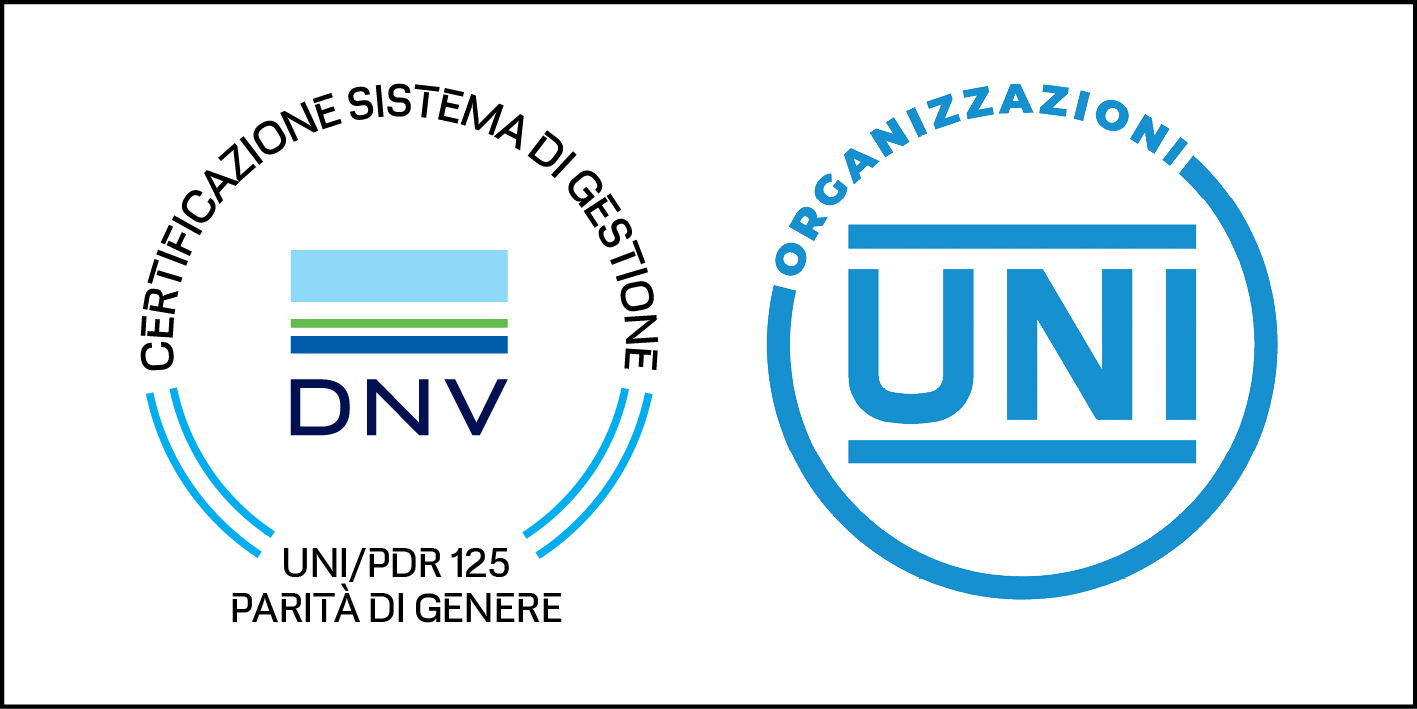Just two years to change the air you breathe. This is the surprising result of urban micro forests created using the Miyawaki method, which transform small urban spaces, unused areas or parking lots—often no larger than tennis courts—into thriving ecosystems. Manhattan is among the latest cities to adopt this approach. The method’s success lies in the exclusive use of native plant species, perfectly adapted to local conditions, and in replicating the high-density planting typical of natural forests. This strategy promotes biodiversity while also helping to reduce air pollution by absorbing harmful emissions, making urban walking and cycling routes healthier.
The organization SUGi, with over 232 projects in 52 cities, creates ecosystems that grow ten times faster than traditional forests and show tangible benefits within just two years.
These urban micro environments not only attract small mammals and birds within months, but also significantly lower surrounding temperatures (by up to 2 degrees Celsius), helping to combat the urban heat island effect. Thanks to cooler air and natural shade, micro forests actively encourage sustainable mobility, making walking and cycling more pleasant and safer—even during the hottest months of the year.
A concrete example also comes from Rome, where just recently the two-year anniversary of the San Lorenzo Micro Forest was celebrated. Inaugurated on February 23, 2023, thanks to the Sapienza University’s Third Mission project, the Municipality II, and ICS Tiburtina Antica n.25, this green space is already showing results. With 213 trees and shrubs from 13 Mediterranean species, planted as part of the Regione Lazio’s “Progetto Ossigeno,” the micro forest has improved the local microclimate, supported the return of pollinators and birds, and actively engaged students and residents. Encouraged by these successes, Rome is now preparing to expand the initiative: 15 new micro forests—one for each municipality—are on the way.

